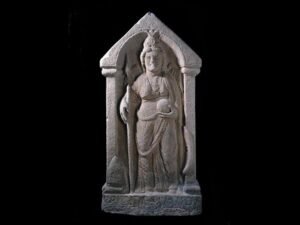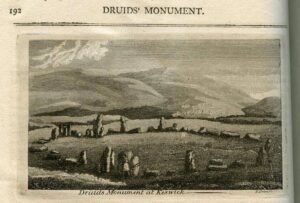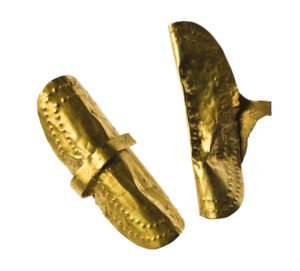In high relief standing in a gabled niche. The goddess Brigantia is winged, has a Gorgon’s head on her breast, and wears a plumed helmet encircled by a turreted crown. In her right hand she holds a spear, in her left a globe; to her left stands her shield, to her right an omphaloid stone. Her attributes equate her with Minerva Victrix (see Jolliffe loc. cit.). It is said that when first discovered the statuette had traces of gilding.
Category: Brigantia
Jul 08
The Border Reivers
The Border Reivers were a formidable force in the history of Britain, particularly during the tumultuous period from the late 13th century to the early 17th century. These raiders, hailing from both Scottish and English descent, operated along the Anglo-Scottish border, a region marked by constant strife and conflict.
Jul 06











